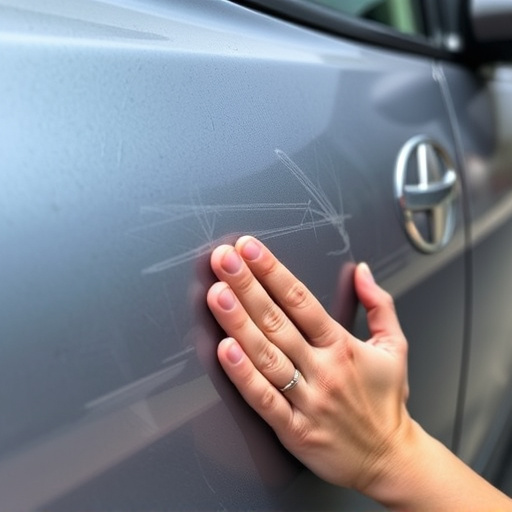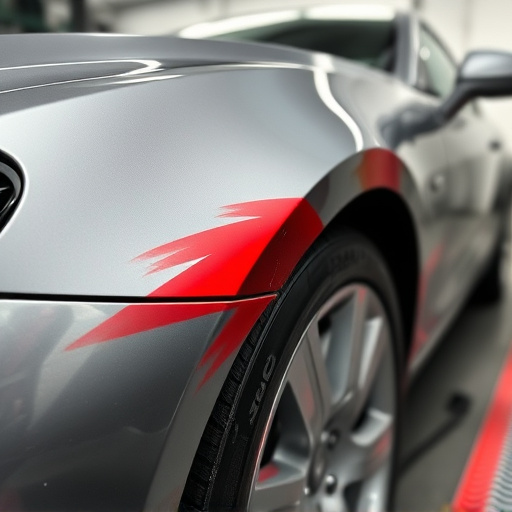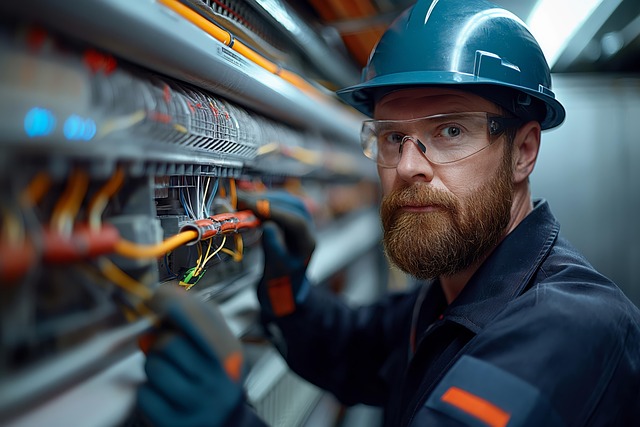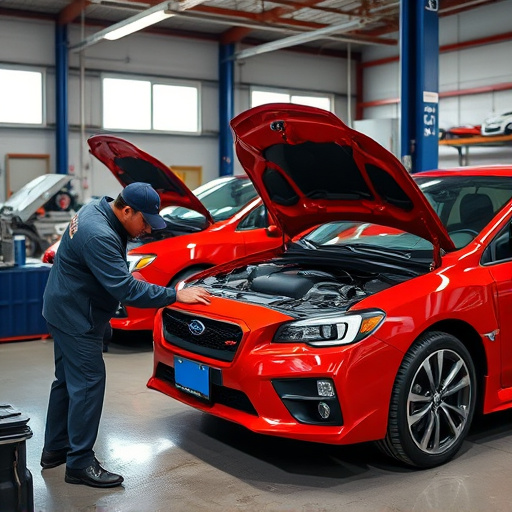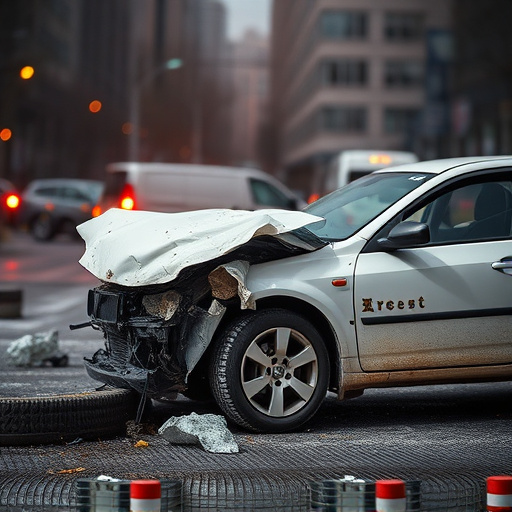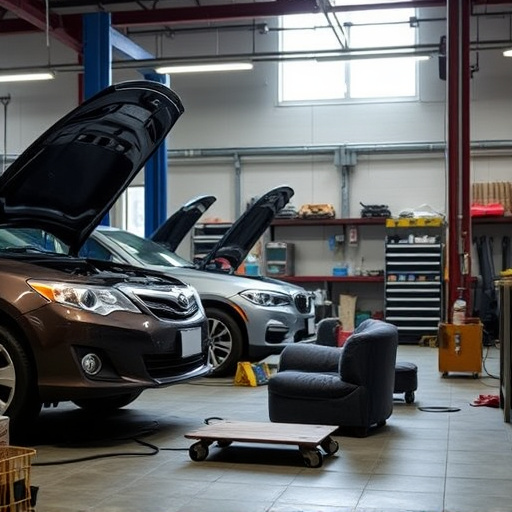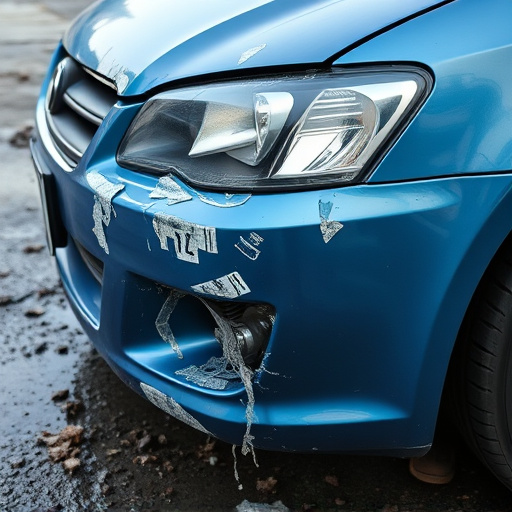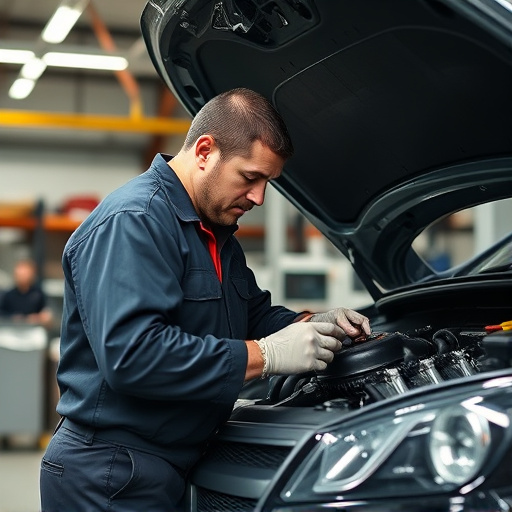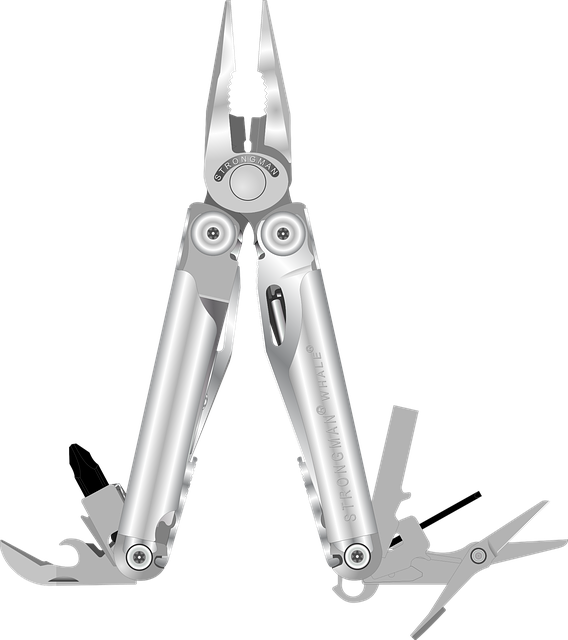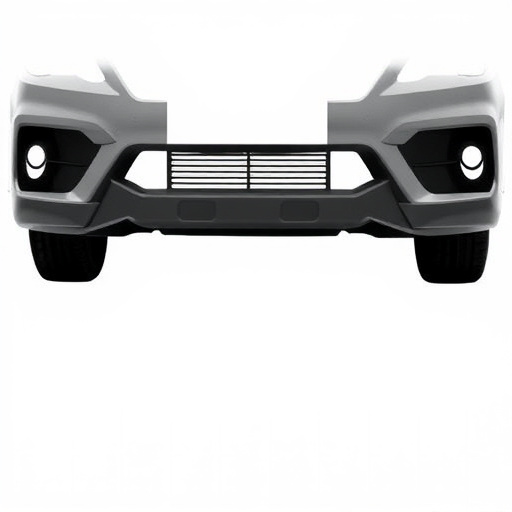The Mercedes 360-camera alignment is vital for vehicle safety and performance, offering a comprehensive view of surroundings. Proper alignment after repairs, including auto body work, ensures accurate camera footage crucial for features like lane-keeping assist and blind-spot monitoring. Skilled professionals calibrate the system using specialized tools to maintain optimal functionality and enhance driving safety.
Mercedes owners with 360-degree cameras on their vehicles should understand the importance of proper alignment after a collision or replacement. This advanced safety feature ensures a holistic view around the vehicle, crucial for safe driving and parking. Understanding when and how to align these cameras is essential, as misalignment can lead to compromised visibility and potential accidents. This article guides you through the process and highlights when Mercedes 360-camera alignment is required.
- Understanding Mercedes 360-Camera Alignment
- When is 360-Camera Alignment Required?
- The Process of Aligning a Mercedes 360-Camera After Collision or Replacement
Understanding Mercedes 360-Camera Alignment
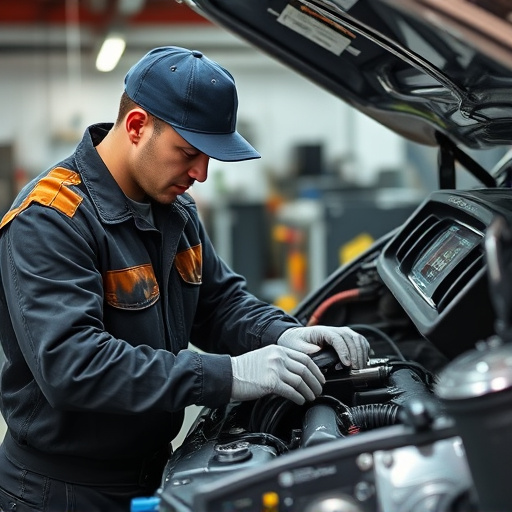
The Mercedes 360-camera alignment is a crucial feature designed to enhance safety and driving experience. This advanced system uses four cameras strategically placed around the vehicle to provide a comprehensive, bird’s-eye view of the car’s surroundings. It helps drivers navigate tight spaces, park with precision, and avoid potential hazards—all thanks to its 360-degree field of vision.
Proper alignment is essential to ensure these cameras function optimally. After a collision or when replacing parts, such as in auto body services for car bodywork repairs or auto dent repair, it’s recommended to realign the Mercedes 360-camera system. This process involves calibrating and adjusting the camera positions to match the vehicle’s new configuration, guaranteeing accurate and reliable footage that drivers can trust for safer decision-making on the road.
When is 360-Camera Alignment Required?
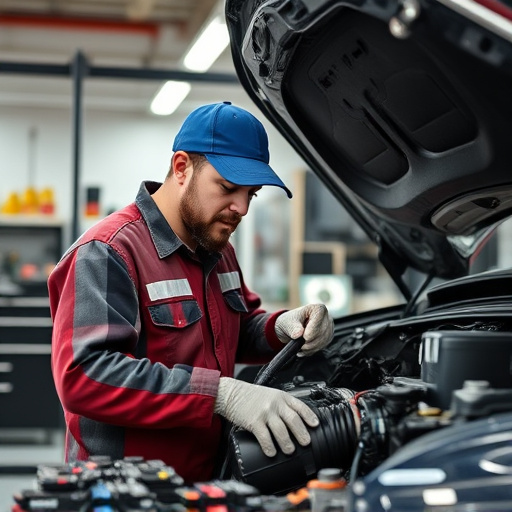
After a collision or when replacing a Mercedes 360-camera system, proper alignment is crucial for optimal performance. While modern vehicles are equipped with advanced safety features, ensuring the 360-camera captures accurate and clear images is essential for safe driving and potential insurance claims.
A Mercedes 360-camera alignment is required when there has been any damage to the camera system or its surrounding components, such as a bumper repair or auto glass replacement. Even if the vehicle has undergone basic repairs like dent removal, misaligned cameras can distort views, compromising safety features and potentially causing further issues on the road. Therefore, seeking professional vehicle repair services for 360-camera alignment is vital to guarantee the system functions correctly and enhances overall driving experience and safety.
The Process of Aligning a Mercedes 360-Camera After Collision or Replacement
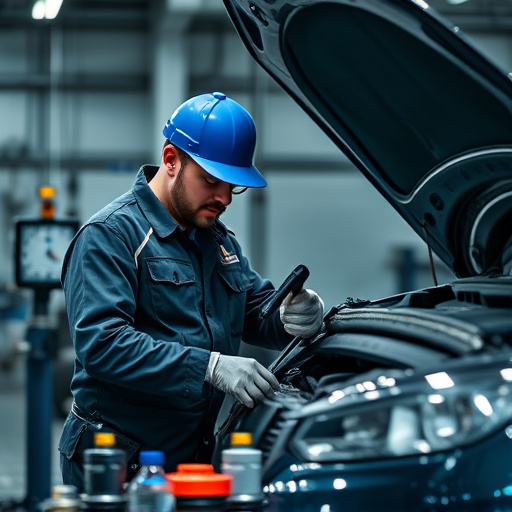
After a collision or when replacing a Mercedes 360-camera, proper alignment is crucial for optimal performance and safety features. The process begins with meticulous calibration using specialized tools to ensure each camera captures precise images within the vehicle’s perimeter. Technicians will adjust the camera’s position, angle, and focal length, aligning them perfectly with the car’s sensors and software.
This meticulous adjustment is necessary to maintain the vehicle’s advanced driver-assistance systems (ADAS). The 360-camera alignment impacts features like lane-keeping assist, blind-spot monitoring, and adaptive cruise control, ensuring they function accurately and effectively during driving. Auto glass repair or car body repair professionals with expertise in Mercedes technology are best suited to handle this task, utilizing their skills to restore the 360-camera’s functionality as close as possible to its original state.
To ensure optimal safety and performance, it’s crucial to understand that Mercedes 360-camera alignment is a critical process that should be carried out after any collision or camera replacement. This precise procedure ensures the seamless integration of the 360-degree cameras, providing drivers with a comprehensive view for enhanced safety features. By adhering to the recommended guidelines and engaging professional services, vehicle owners can maintain the integrity of their Mercedes’ advanced driver-assistance systems (ADAS), ultimately contributing to safer driving experiences.
